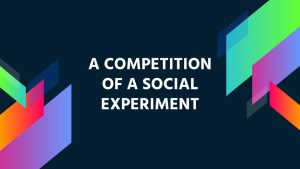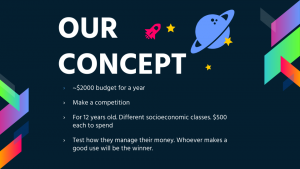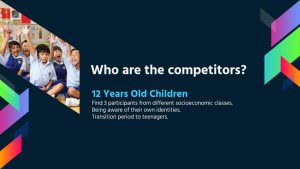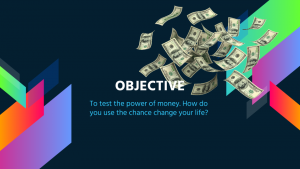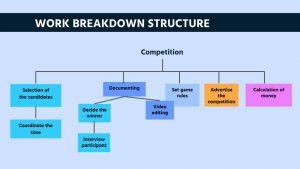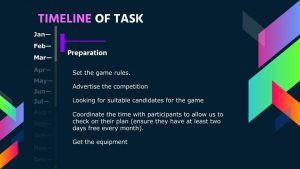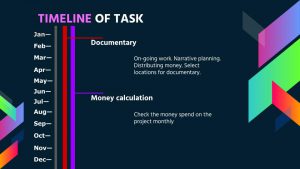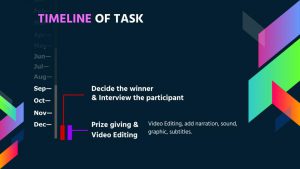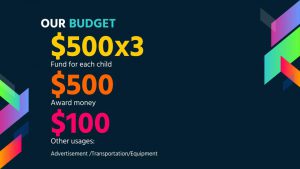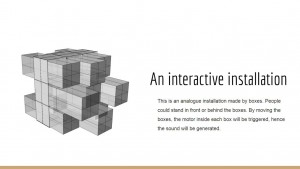In this essay, two of Yayoi Kusama’s polka dot series works with be discussed. They are: The Mirrored Room–The Souls of Millions of Light Years Away. https://oss.adm.ntu.edu.sg/chou0009/2016/01/21/step-into-infinity/ and the polka dot sculptures in the infinite mirrored room. https://oss.adm.ntu.edu.sg/n1501795d/infinite-polka-dots/
Dots Obsession visually approximates the hallucinations Kusama reportedly suffered as a child, in which the entirety of her surrounding space was covered with repeating patterns. Kusama’s paintings and performance art borrowed directly from the hallucinations she has experienced by since her childhood. Kusama’s art is linked to her illness, making it a strange mixture of anguish and joy: From her paintings, which are inspired by hallucinations and visions, to her infinity rooms, which she describes as a tool to tear down the self.The installation also reveals the artist’s careful attention to the construction of space through colour and form, and to the play of light and perspective accomplished by repeating a few simple devices — creating an immersive experience from red paint, white dots, giant balloons and strategically placed mirrors.
There are two installations shared the same theme but used the different medium to exhibit.
The Infinity mirrored room with LED:

The first room is called Infinity Mirrored Room–The Souls of Millions of Light Years Away. It was first displayed in 2013. Because the room is covered in giant pieces of mirror, it’s hard to get a read on the size of the space, but it’s roughly the size of a small bedroom. The floor is covered in a shallow pool of water, except for the peninsula you’re standing on in the middle, and the ceiling is hung with strings of hundreds of colorful LED crystals. Blinking on an erratic 45-second loop, the lights seem to stretch out forever.
The polka dot sculptures:

Likewise, is covered in mirrors and filled with color-shifting, inflatable tentacles. They are perplexing, magical, and disorienting spaces.
The materials used in The souls of Millions of Light Year Away are wood, metal, glass mirrors, plastic, acrylic panel, rubber, LED lighting system, acrylic balls, and water. Perhaps the installation time has taken longer than the Polka Dots sculpture in the infinite mirrored room as the height and the position of LED lights will be the concern when it comes to an immersive space, people have to interact with it. Whereas, sculpture can be store at specific places. Hence the installation with lights must be taken into consideration a lot more than other projects.
Both are on going show around the world. They do not have to be site specific, just need an enclosed room to set up mirror, lights and sculptures.
Perhaps LED installation has lesser shelf time compared to sculptures. It needs power maintenance and when it comes to installation, power supply and the wires can be troublesome which might cause a lot of money to execute and maintain over years. Whereas, compared to LED, sculpture’s maintenance is relatively low especially it is made up of plastic.
The mirrors reflect infinite dots which make the space mesmerizing. Usually the crowd would wait for more than an hour just for an immersive experience in a few minutes
